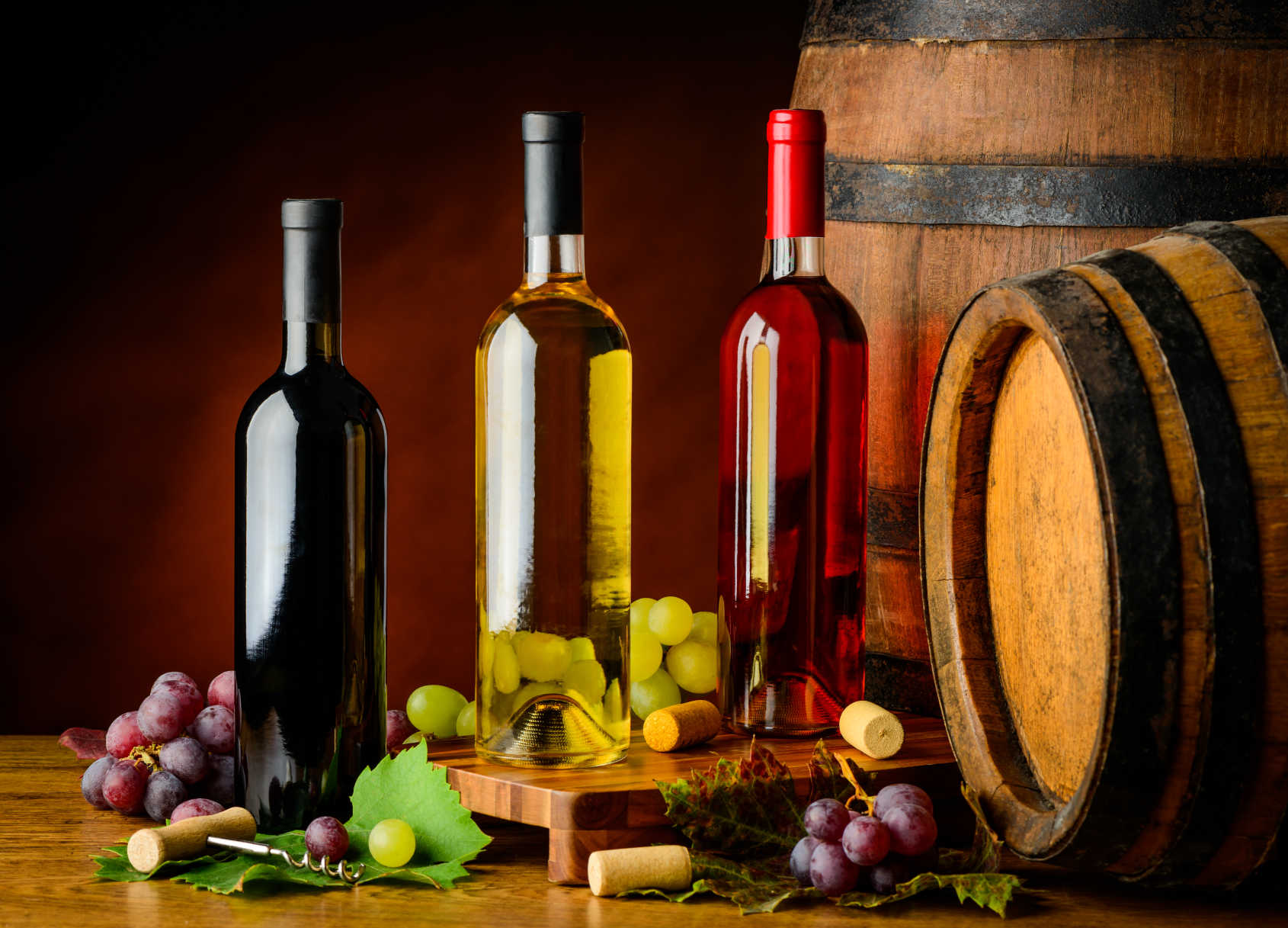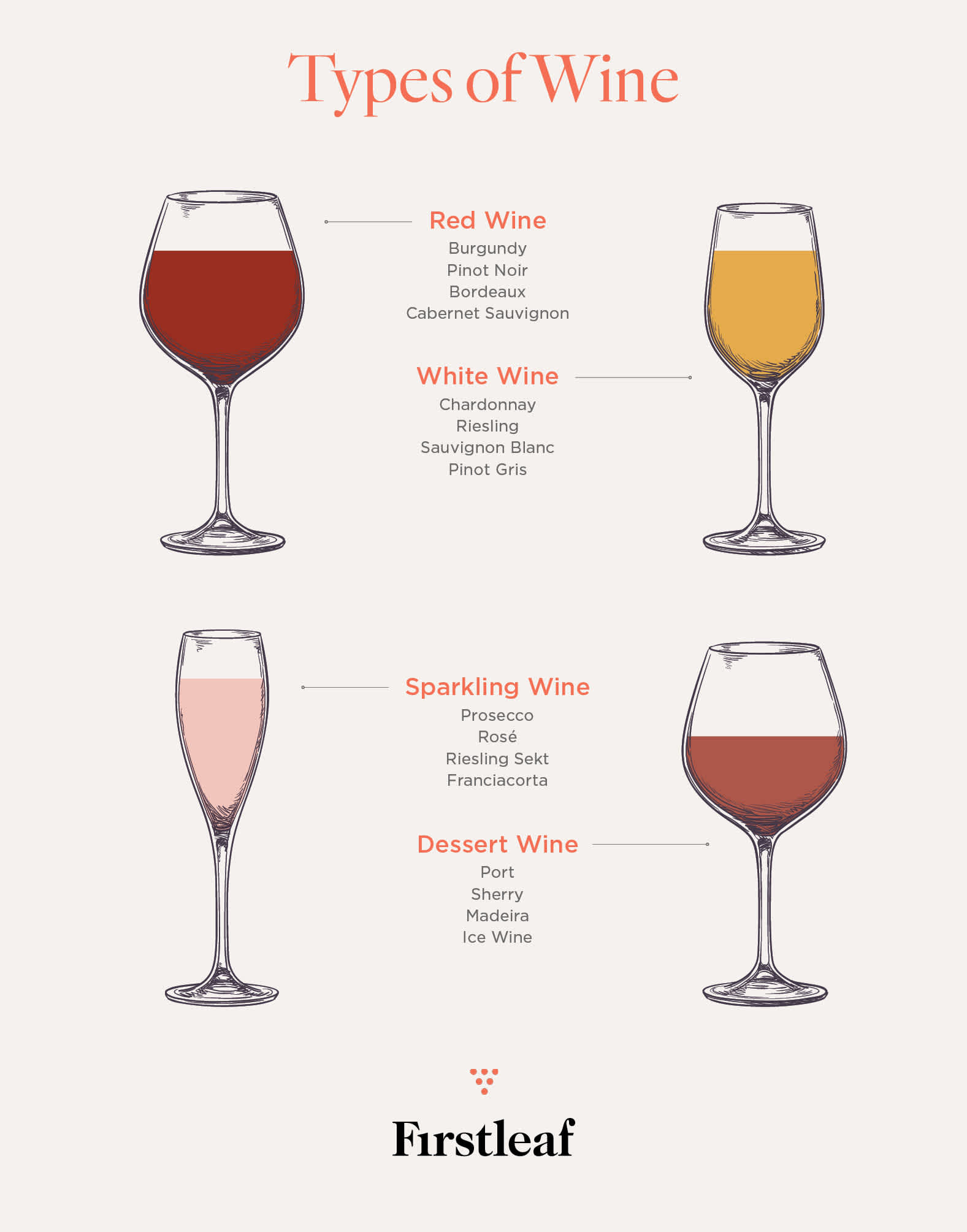Dry vs Sweet Wine: How To Tell the Difference
There’s a whole world of wine in between dry vs sweet!
There are many factors that differentiate types of wine. Distinguishing between dry vs sweet wine is crucial in determining what wine you want to drink at the most basic level. It may be difficult for those just getting into wine to tell whether a wine is sweet or dry since it is experiential. Sweet wines are very sweet; you will know them when you taste them, but there's a whole world of wine between sweet and dry. We hope to alleviate some of this confusion in order to pass on sommelier knowledge to even the most novice wine drinkers!

Take The Quiz
Learning about different wine varietals and regions is fun. Take the quiz now to explore wines matched to your unique palate.
Take The QuizIN THIS ARTICLE:
Want personalized wines?
Get your first box of wines for $44.95 + free shipping.

What does dry wine mean?
For starters, what really matters during winemaking when considering whether a wine is sweet or dry is the amount of residual sugar. All wine grapes have a natural sugar content. After being pressed into grape juice, the fermentation process beings. Residual sugar is the amount that remains after the fermentation process is finished. The more residual sugar is left, the sweeter the wine becomes. In dry wine, there must be about 10 grams of sugar—or below 1%. When the residual sugar levels increase to 3%, the wine is considered semi-sweet or off-dry. Wines below 0.5% are considered bone dry as they have minimal residual sugars left after fermentation. Finally, dessert wines are categorized by having 7–9% residual sugar remaining.
Sometimes new wine drinkers will identify fruit flavors as a wine's sweetness. These should not be confused. When we perceive a familiar aroma (like red cherry) in our wine glass, our brain makes the assumption that it must taste sweet as well. The best way to learn is by tasting these wine styles yourself. Explore our dry wine selection here.
Tannins
Wine tannins are compounds found in a variety of foods, including tea, chocolate, rhubarb, walnuts and, most importantly, wine. Tannins can be highly sought after as their bitter taste appeals to those who find tea, coffee and dark chocolate favorable. They are especially preferred in wines for tastebuds that favor dryer, more bitter wines. Tannins in wine most often come from the grape skin, seeds, stems, and wood barrels used in the aging process.
Dry red wine mainly contains tannins since all grape contents, such as the grape skin, seeds, and stems, are used in making it. This process increases the levels of tannins. In dry white wines, only the grape's juice is typically used; however, it still contains tannins that leave a dry sensation in your mouth after drinking. When looking for a dryer wine, pay attention to the tannin level present, as it is a clear indication of what the wine tastes like.
What is a sweet wine?
When sugar converts into alcohol and carbon dioxide through fermentation, wines become gradually drier. Thus, the amount of fermentation the wine underwent is the leading indicator of how sweet the wine is. The higher quantity of sugar the grapes have before fermentation also affects the amount of sugar that will remain in the wine. Grapes grown in warmer climates will, for the most part, have a higher sugar content because of the increased sunlight. On the other hand, grapes grown in a cooler climate will have less sugar and therefore be less sweet, making them more optimal for dry wines.
The amount of yeast interacting with the sugars during fermentation determines the amount of sugar left in the wine. If the winemaker decides to leave the yeast to consume all of the sugar in the wine, there will be no residual sugar left, leading to a very dry wine. However, if the fermentation process is ended early, not allowing the yeast to eat all of the sugar, the wine will become increasingly sweeter.
The temperature of fermentation also has a direct effect on the flavor of the wine. For example, wines that ferment at a lower temperature preserve more of a "fruity" flavor, preserving more aromatics. Higher temperatures allow for more tannin extraction from the grape skin, leading to a dryer wine. It is important to note that too low and too high temperatures may have adverse effects on fermentation since the yeast cannot work in temperatures that are too warm or cool. Red wines are usually fermented at temperatures between 70 and 80 degrees Fahrenheit, while white wines use cooler temperatures, between 45 and 60 degrees, allowing for the different flavors to develop.
Because of differing levels of fermentation, dry and sweet wines also have different alcohol levels. For instance, dry white wine will have a higher alcohol content than a sweet white wine because the yeast was able to consume more sugar. Sparkling wine is actually fermented twice to create bubbles.
Two kinds of sweet wine: fruity vs dessert wine
Some people may confuse the term "fruity" to mean "sweet" when they have nothing to do with one another often. The term fruity instead refers to the amount of aromatics present in the wine. So, one may have a wine with many fruit flavors and aromatics while still being characterized as a dry wine. Many people associate these fruity flavors and sweetness with white wine, but there are also many white wines that are dryer and still contain those fruity aromatics.
Dessert wines, however, contain the actual higher sugar content. They usually have 5–15% of residual sugar and contain higher alcohol levels because of the added sugar during the fermentation process. Water is often removed from these wines to concentrate the sugar levels even more by either freezing out the water or air drying the grapes. The result becomes a higher, more concentrated sugary flavor that is not defined by its "fruitiness." Discover our selection of sweet wines and learn how we rank them here.
Is red wine sweet or dry?
Sweet red wines:
Tawny port
Port
Sherry
Marsala
Dry red wines:
French Pinot Noir
Tempranillo
Is white wine sweet or dry?
Sweet white wines:
Tokaji
White port
Ice wine
Sweet Riesling
Vin Santo
Sauternes
Dry white wine:
Muscadet
Riesling
Gewürztraminer
Closing
Since you know more depth about the differences between dry vs sweet wine, you can use them to better understand your flavor palate! You can also use this knowledge to pair different wines with food that complements each flavor profile better. Be sure to do your research and search for keywords such as residual sugar, tannins and acidity to make an educated decision on what type of wine you should buy.

Take Our Quiz Today
Get award-winning delicious wines from all over the world shipped straight to your door. Take the quiz to get the perfect pairings for your holiday season.
Take The Quiz TodayIN THIS ARTICLE
Want personalized wines?
Get your first box of wines for $44.95 + free shipping.


WinePrint™ by Firstleaf
Are you looking to learn more about your wine preferences? Check out our Wine Print for an in-depth look at your personal tasting profile. Discover your favorite wines, varietals, regions, and tasting notes and get personalized recommendations wherever you are.
Learn More






